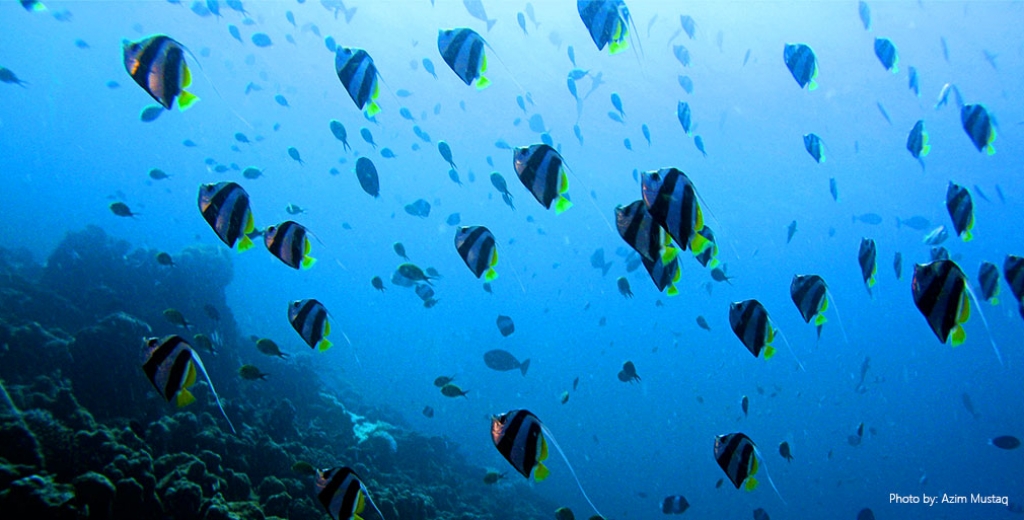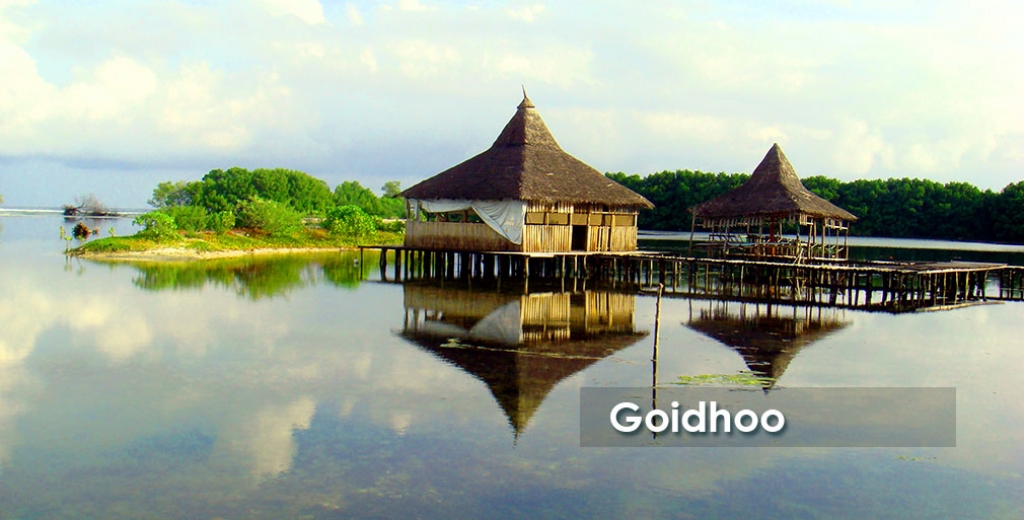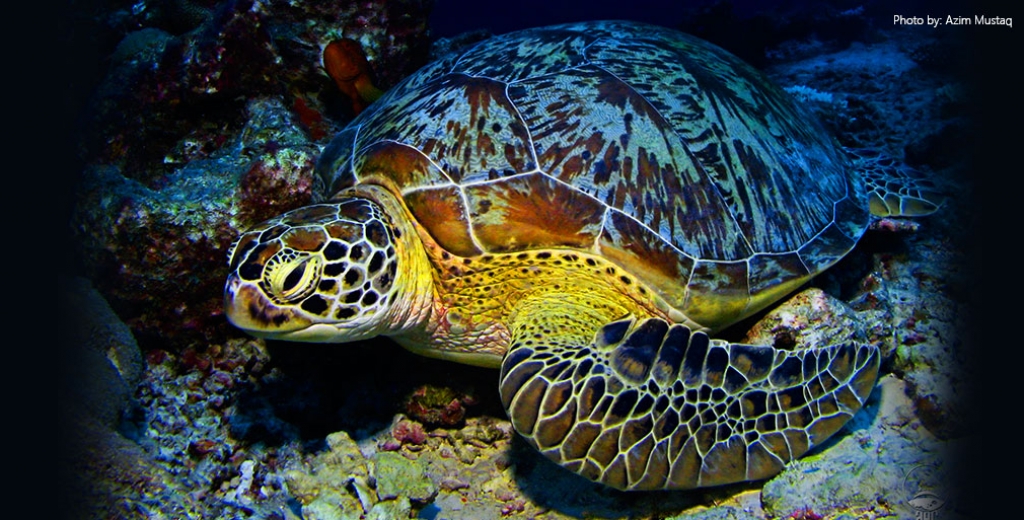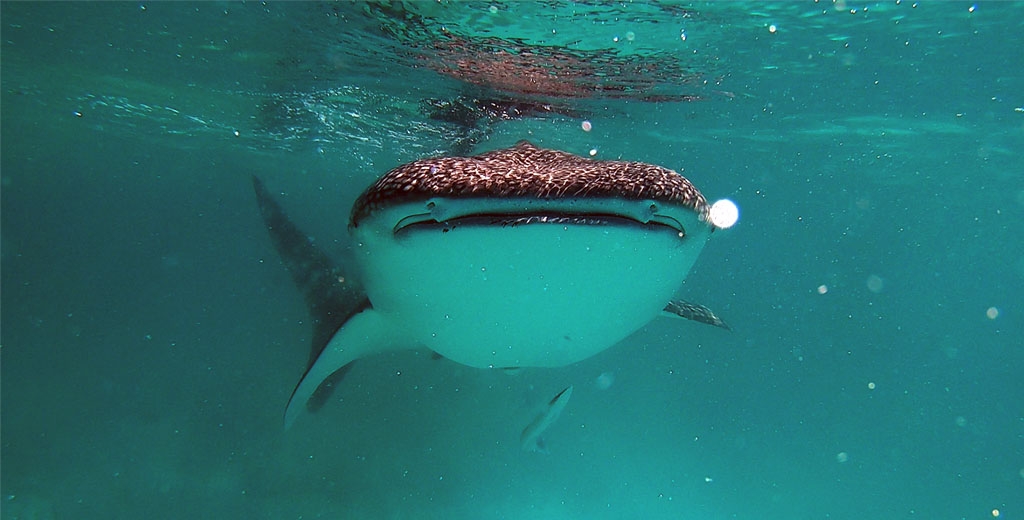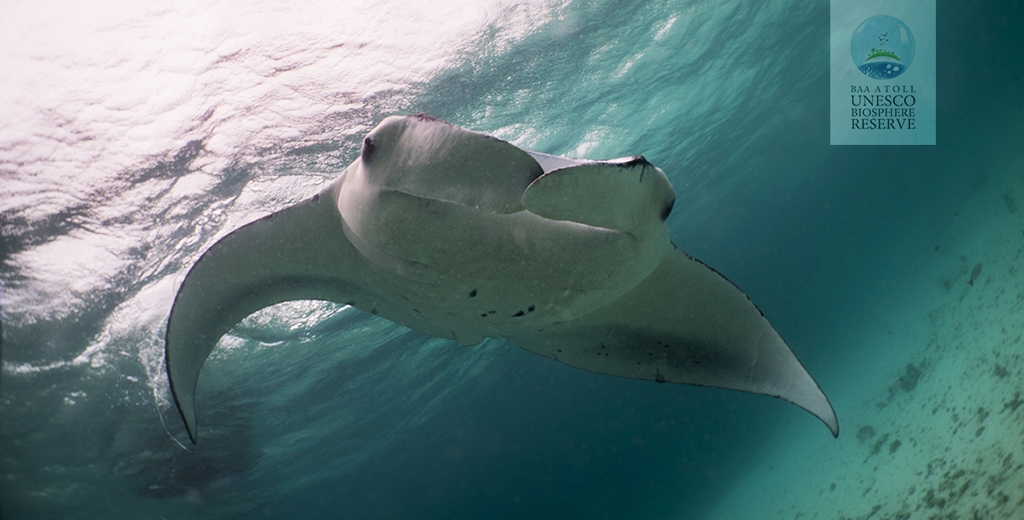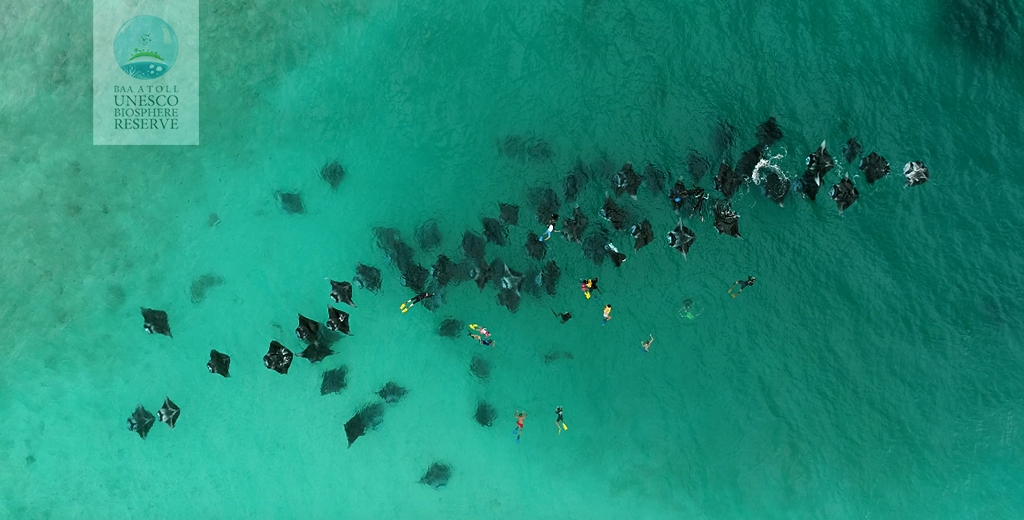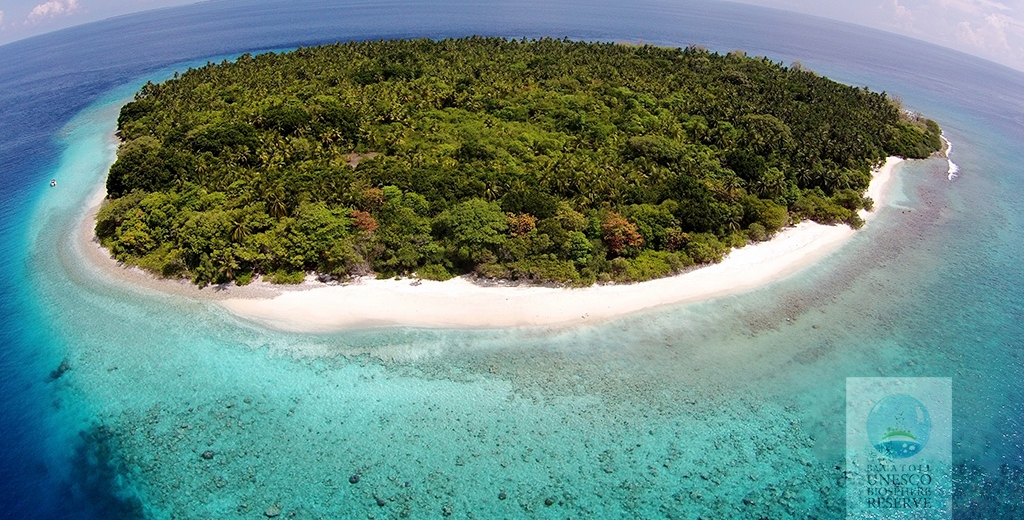Protected Areas
- 1
- 2
- 3
- 4
- 5
Mendhoo Region

Mendhoo Region was declared protected on 5 June 2011 and the protected area of coverage includes the island of Nibiligaa...
Read moreMAAHURUVALHI REGION

Maahuruvalhi Reef Region was declared protected on 5 June 2011 and the protected area of coverage includes Maahuruvalhi Reef including...
Read moreAngafaru Region

Angafaru was declared protected on 6th of June 2009. The protected area includes Dhonfanuthila, Dhiguthila and Mahaanagaa.
Read moreBathalaa Region

Bathala Region was declared protected on 5 June 2011 and the protected area of coverage includes Bathalaahuraa reef and the...
Read moreDhigali Haa & Dhigali Giri

Dhigali Haa was decalred protected in October 1999 and on 5 June 2011 the boundary area of Dhigali Haa was...
Read moreMathifaru Hura

Mathifaru Hura Region was declared as protected on 5 June 2011 and the protected area of coverage includes Mathifaruhurra island...
Read moreGoidhoo Koaru Area

Goidhoo Koaru Area is located on the nothern side on the inhabited island of Goidhoo. The area was declared protected...
Read moreWreck of Corbin

The wreck of "Corbin" was declared protected on 5 June 2011 and the protected area of coverage includes area one...
Read moreAnnouncements
- 1
- 2
- 3
- 4
- 5
05-08-2019
Hajj and Eid Holidays 2019
01-05-2019
Hanifaru Season 2019
13-08-2018
Upcoming Hajj and Eid Holidays 2018
31-05-2018
Need to call Ranger HOTLINE (7905949)
25-05-2018
Hanifaru Access Permit 2018/2019
01-05-2018
Closure of Hanifaru PA
29-09-2014
Upcoming Hajj and Eid holidays
20-07-2014
Upcoming Holiday period
25-11-2013
BACF invites Call for pre-proposal
01-11-2013
Resumption of Ranger Services
28-10-2013
Sunday, 3 November 2013 (public holiday)
05-08-2013
Thursday, 8 August 2013 (Public holiday)
01-06-2013
Disruption of BR Services
14-05-2013
Hanifaru Tour Guide Registration 2013
20-04-2013
Hanifaru Tour Guide exam registration
Downloads
- 1
- 2
- 3
- 4
- 5
27-08-2013 Reports - General
Fish Kill Report, 2007
27-08-2013 Reports - General
Mariculture, Sea Cucumber
27-08-2013 Reports - General
Mariculture
27-08-2013 Reports - General
Grouper Fishery Report
27-08-2013 Reports - General
Corals of Maldives
27-08-2013 Reports - General
Fishes of the Maldives
27-08-2013 Reports - General
Fishing Gear of Maldives
27-08-2013 Reports - General
Coral Bleaching Report
27-08-2013 Reports - General
Shark Fishery Report, 2004
06-08-2013 Posters - General
Protected Marine Life
05-08-2013 General
Management Plans
05-08-2013 Reports - Baa Atoll
Reports
05-08-2013 Posters - Baa Atoll
Posters
05-08-2013 Maps - Baa Atoll
Maps / Presentations
14-05-2013 Posters - General
Protected Areas of Maldives

Baa Eydhafushi, Tel:(00960)6608466, Fax: 00960 6608466, Email: info@broffice.gov.mv


